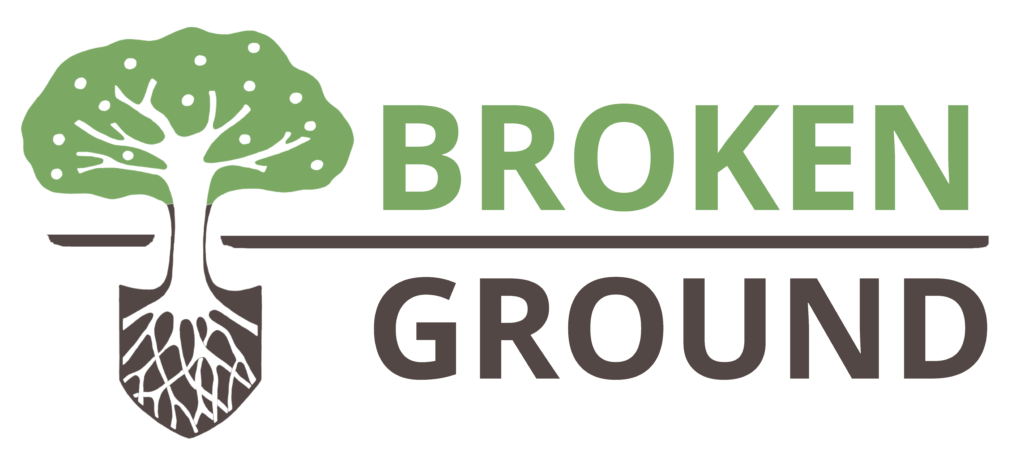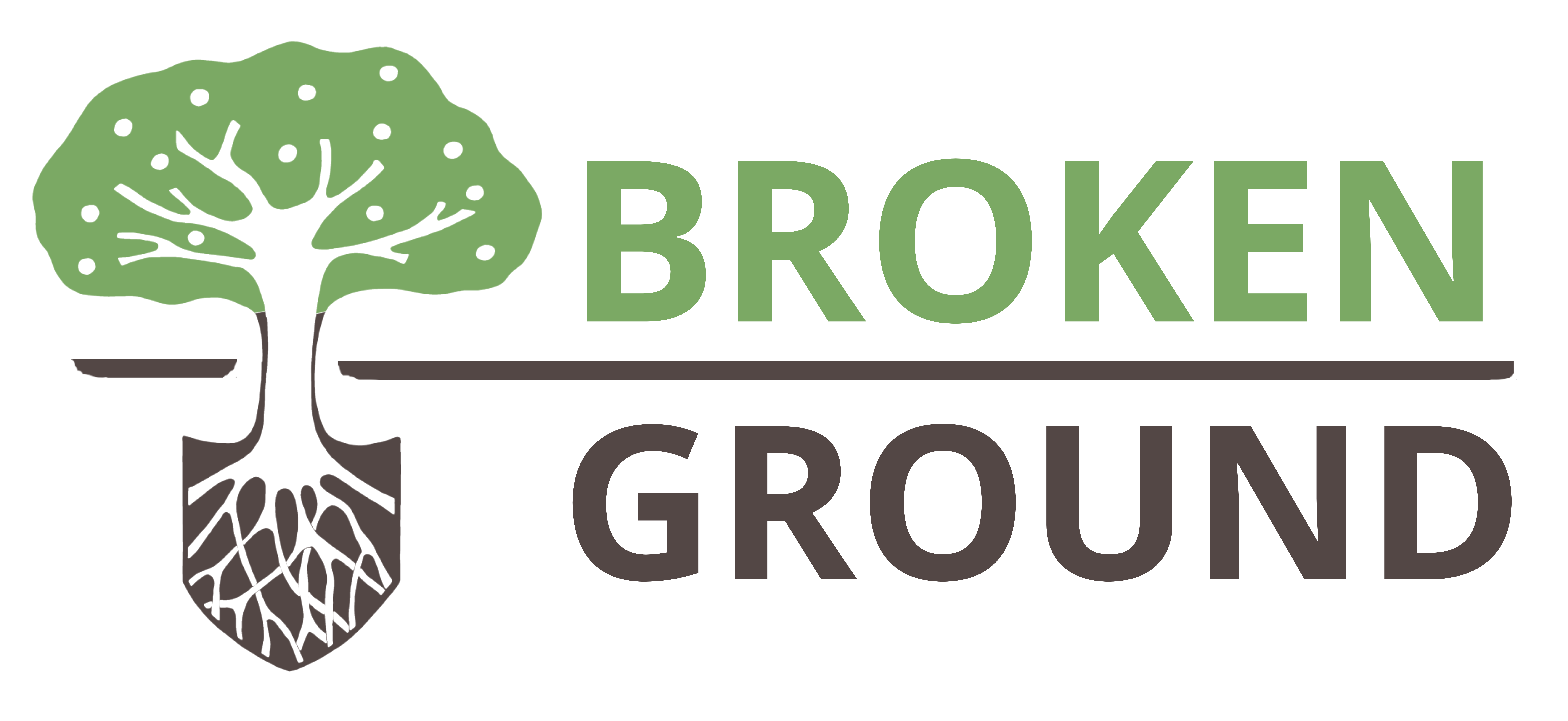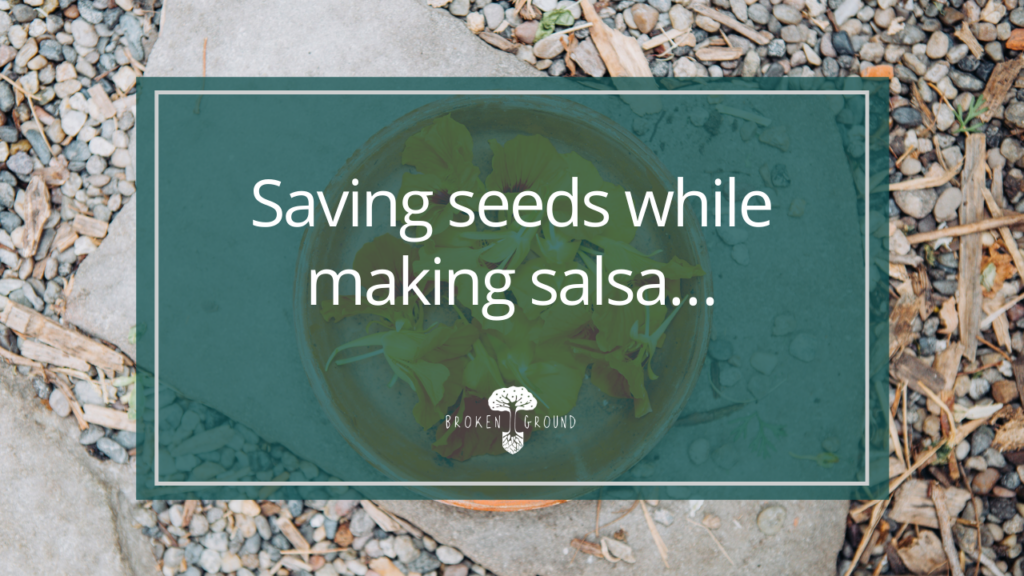In a video from this past winter, I talked about my Top Ten Tips for Gardening on a Budget. One of those tips is saving seeds. In addition to saving you money, saving seeds allows you to set up more of a closed loop system on your property, working towards less and less inputs that you need to buy or bring onto your site year after year. Just like you want to grow and build fertility on your site so you don’t have to import manure and compost, you also want to figure out strategies where you are buying less seed and saving more from the plants that you grow. This not only sets you up to be more food secure but saving seed allows you to start selecting for varieties of vegetables that are uniquely adapted to your environment.
Of course, you may curse me for adding yet another task to your fall garden checklist 🙂 ; I completely understand that it’s a busy time of year. At first glance, seed saving can seem like a daunting endeavor. So, as always, I suggest starting small. Don’t try to save the seeds from every single type of vegetable you are growing. Instead, choose a couple to begin with and grow your seed saving operation from there, as your skills and interest increases.
Some seeds are easier to save than others too. So what better way to start seed saving than by making up a batch of fresh salsa (a favorite in our household). While cutting up the ingredients for your salsa, you can save the seeds of two of the easier seed saving plants: tomatoes and peppers. Making a batch of fresh salsa = saving seeds for future batches of fresh salsa. Win, win. In permaculture, this would be called ‘stacking functions’, in other words, getting multiple yields from one task or element. In this case, making salsa gives you delicious food while at the same time allowing you to save seed.
Tomatoes
Ideally you are saving the seeds from some of the first tomatoes to ripen.This means that you will progressively be selecting for earlier ripening tomatoes. If that’s not possible, still select those that have a good shape and taste. Also, be sure to only save seeds from open-pollinated and/or heirloom varieties as opposed to hybrid varieties.
While you’re cutting your tomatoes (be sure they are all from the same variety), just take the seeds that are left on the cutting board and put them into a small glass. Add a small amount of water to that glass and let the seeds ferment for about 4 days, stirring each day. This fermentation process protects against seedborne bacterial canker. After the fermentation process, wash your seeds and dry them on a piece of paper for a couple weeks.
I recently heard from one of the foremost seed saving experts, Cheryl Moore Gough (co-author of the Complete Guide to Saving Seeds), that though recommended, she finds that this fermentation process is not even necessary. Cheryl just takes the seeds out and dries them on a paper towl and that’s it.




Peppers
Again, as you’re cutting up the ripe peppers for that delicious salsa, set aside the seeds that you already have to scrape out of there. Spread them on a piece of paper to dry. Once dry, they are ready for storage. Pepper seeds are viable for 2 years whereas tomato seeds are viable for 4.





With all seeds, remember that cool, dry and dark is best for seed storage. I store my seeds in our basement, for example, in reused seed packets and label accordingly. This is a good short-term storage option, especially because we have such a dry climate. For longer term storage, moisture-proof sealed containers are better such as glass jars (e.g. mason jars) or freezer bags.
If you want to get more involved with seed saving, I highly recommend the book, The Complete Guide to Saving Seeds by Bob Gough and Cheryl Moore-Gough. Cheryl is a local Bozemanite and a fountain of knowledge on seed saving.


